Fremont Water Quality at a Glance
some concerns
Is Fremont Water Safe to Drink?
Generally Yes, With Some Caution – Alameda County Water District meets federal standards and has built a PFAS treatment facility. However, PFAS contamination affects approximately 360,000 residents across Fremont, Newark, and Union City. Additional concerns include chromium-6 and disinfection byproducts. ACWD has proactively installed ion exchange treatment to address PFAS, with construction completed in 2025.
⚠️ Key Concerns for Fremont Residents
- PFAS “Forever Chemicals”: PFOS detected at 2.55 ppt (8.5x above EWG health guidelines); PFHXS at 1.38 ppt (1,381x above guidelines)
- Chromium-6: Detected at 0.136 ppb (6.8x above EWG health guidelines) – carcinogenic contaminant from industrial sources
- Disinfection Byproducts: Haloacetic acids (HAA5) at 27.3 ppb (273x above guidelines); trihalomethanes at 41.3 ppb (276x above guidelines)
- Positive Action: ACWD completed 6 million gallon/day PFAS treatment facility in 2025 to reduce contamination
Read the full report below for detailed analysis, city-specific data, and actionable recommendations for Fremont residents.
Fremont – California – Water Quality Report 2025: PFAS Testing, Infrastructure Concerns & Safety across your city
The Alameda County Water District (ACWD) provides comprehensive water services to approximately 360,000 residents across Fremont, Newark, and Union City in the Tri-City area of southern Alameda County. Established in 1956, ACWD operates a sophisticated water system that includes over 1,200 miles of distribution mains, multiple treatment facilities, and diverse water supply sources delivering approximately 45 million gallons of high-quality drinking water daily to California’s Bay Area communities.
ACWD sources its water from multiple supplies including the California State Water Project via the South Bay Aqueduct (approximately 37%), the San Francisco Regional Water System through Hetch Hetchy Reservoir (21%), and local sources including fresh groundwater from the Niles Cone Groundwater Basin and surface water from Del Valle Reservoir (42%). Water is treated at Water Treatment Plant No. 2 (built in 1993) in Fremont’s Mission neighborhood, the Newark Desalination Facility, and the Blending Facility. ACWD’s water consistently meets all federal and state quality standards, and the utility has invested significantly in advanced treatment technologies, PFAS monitoring, and infrastructure modernization to ensure reliable water delivery for current and future generations.
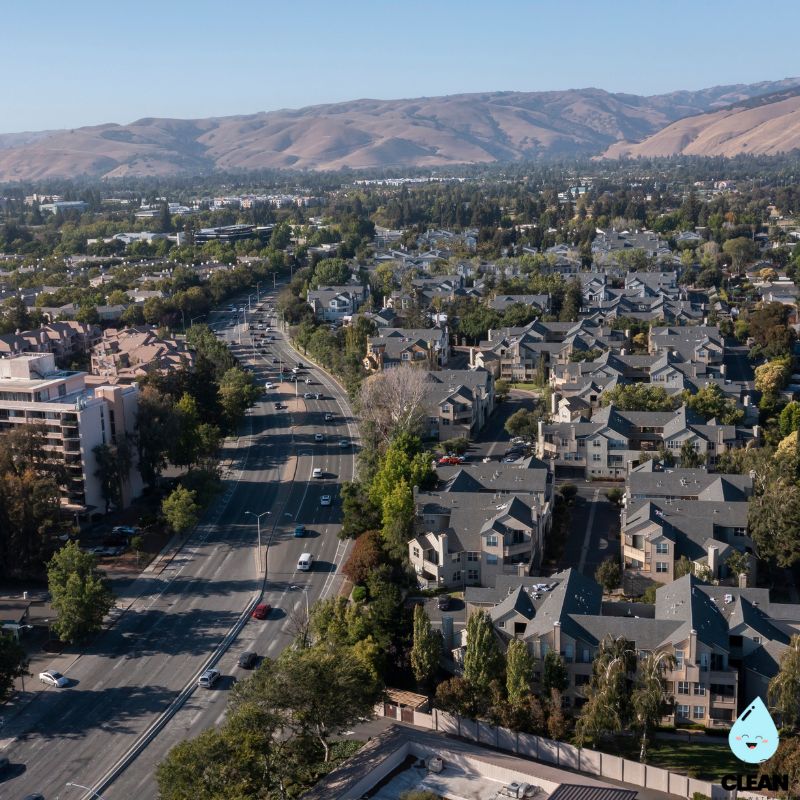
Fremont Water Quality: Current Status (2024-2025)
Latest Testing Results
- PFAS Monitoring: ACWD’s comprehensive PFAS testing through December 2024 confirms that no customers are receiving water with PFOS/PFOA, PFBS, or PFHxS concentrations above state notification levels, meeting all drinking water quality standards.
- Comprehensive Quality Assurance: ACWD conducts extensive water quality testing throughout the distribution system and at all treatment facilities, maintaining strict compliance with EPA and California Department of Public Health regulations.
- 2024 Compliance Status: ACWD’s water continues to meet or surpass all state and federal drinking water quality standards, as confirmed in their 2024 Annual Water Quality Report.
Diverse Water Sources
- State Water Project: Primary imported supply (37%) delivered via the South Bay Aqueduct from Northern California, providing regional water security and supply diversity.
- San Francisco Regional System: Secondary imported supply (21%) from Hetch Hetchy Reservoir, offering additional reliability and blending opportunities for optimal water quality.
- Local Sources: Fresh groundwater from the Niles Cone Groundwater Basin and surface water from Del Valle Reservoir (42%), recharged primarily from Alameda Creek watershed runoff and managed through advanced groundwater protection programs.
Advanced Treatment Technology
- Water Treatment Plant No. 2: Conventional ozone treatment facility built in 1993, treating water delivered via the South Bay Aqueduct with a maximum design production rate of 28 million gallons daily using ozone pre-oxidation, coagulation, flocculation, sedimentation, and dual-media filtration.
- Newark Desalination Facility: Advanced reverse osmosis system treating brackish groundwater to remove salts and other impurities, providing 12.5 MGD blended production capacity since expansion in 2010.
- Blending Facility: Sophisticated water blending system combining multiple sources to optimize hardness levels and water quality, operational since 1992 for reducing groundwater hardness by blending with San Francisco water.
Infrastructure Modernization
- PFAS Treatment Facility: $23 million PFAS Groundwater Treatment Facility opened in July 2024, treating 6 million gallons daily using ion exchange technology to remove PFAS from Peralta-Tyson and Mowry wellfield groundwater sources.
- Distribution System Improvements: Ongoing Main Renewal and Seismic Improvements Program systematically upgrading water mains throughout the service area, with projects like the Central Newark-Thornton Avenue and Driscoll Road renewals improving system reliability.
- Smart Water Management: Advanced Meter Infrastructure (AMI) deployment providing real-time monitoring, leak detection alerts, and improved system management throughout the 1,200+ mile distribution network.
Customer Protection Initiatives
ACWD provides extensive customer support through comprehensive conservation rebate programs, free water conservation kits, and the new Water Savings Center online portal for streamlined program access. The utility offers educational resources including water-wise landscaping guidance through their demonstration garden at headquarters and partnerships with ReScape California. ACWD’s proactive approach to emerging contaminants includes voluntary PFAS monitoring that began in June 2020, well before state requirements. The district’s commitment to transparency includes detailed annual water quality reports, real-time system information, and comprehensive customer communication programs that keep residents informed about water quality, conservation opportunities, and system improvements.
Recommendations for Fremont Residents
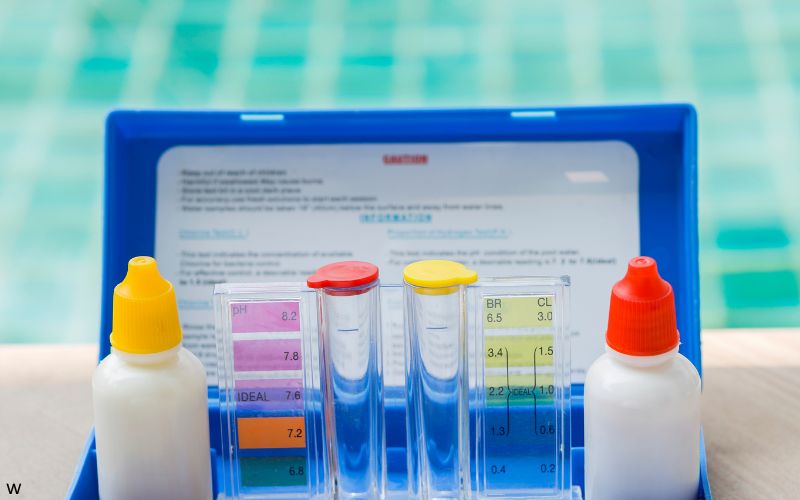
Monitor Water Quality
Use ACWD’s Water Quality Self-Diagnostic Tool online to troubleshoot common water quality issues. For independent testing, visit acwd.org for a list of state-certified laboratories. Contact customer service at (510) 668-4200 for water quality concerns.
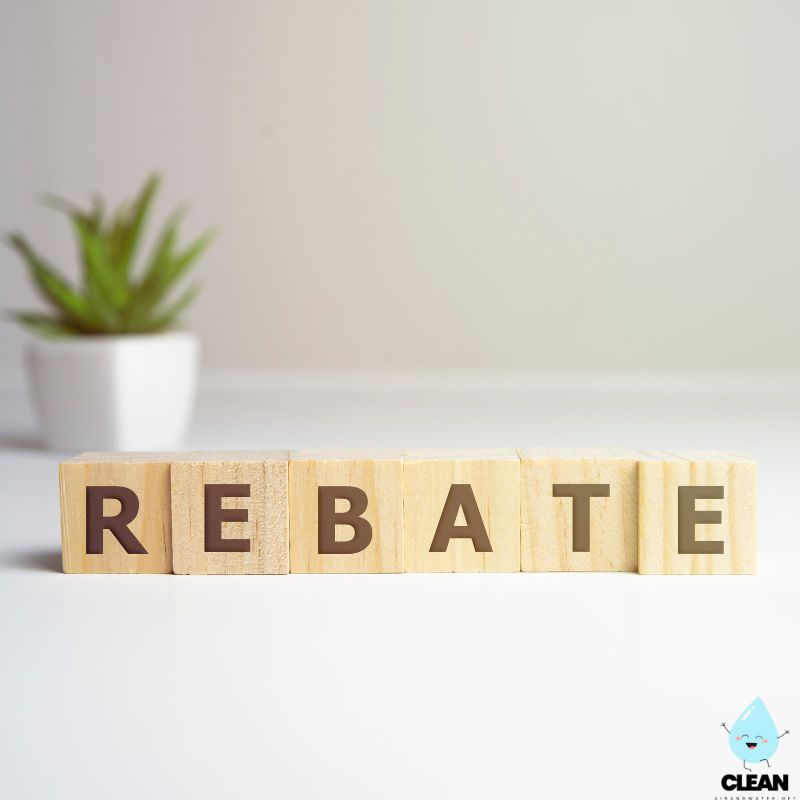
Access Rebate Programs
Apply for ACWD’s water conservation rebates through the new Water Savings Center portal. Available rebates include $75+ for smart irrigation controllers, lawn-to-garden conversions, rain barrels, and high-efficiency fixtures.
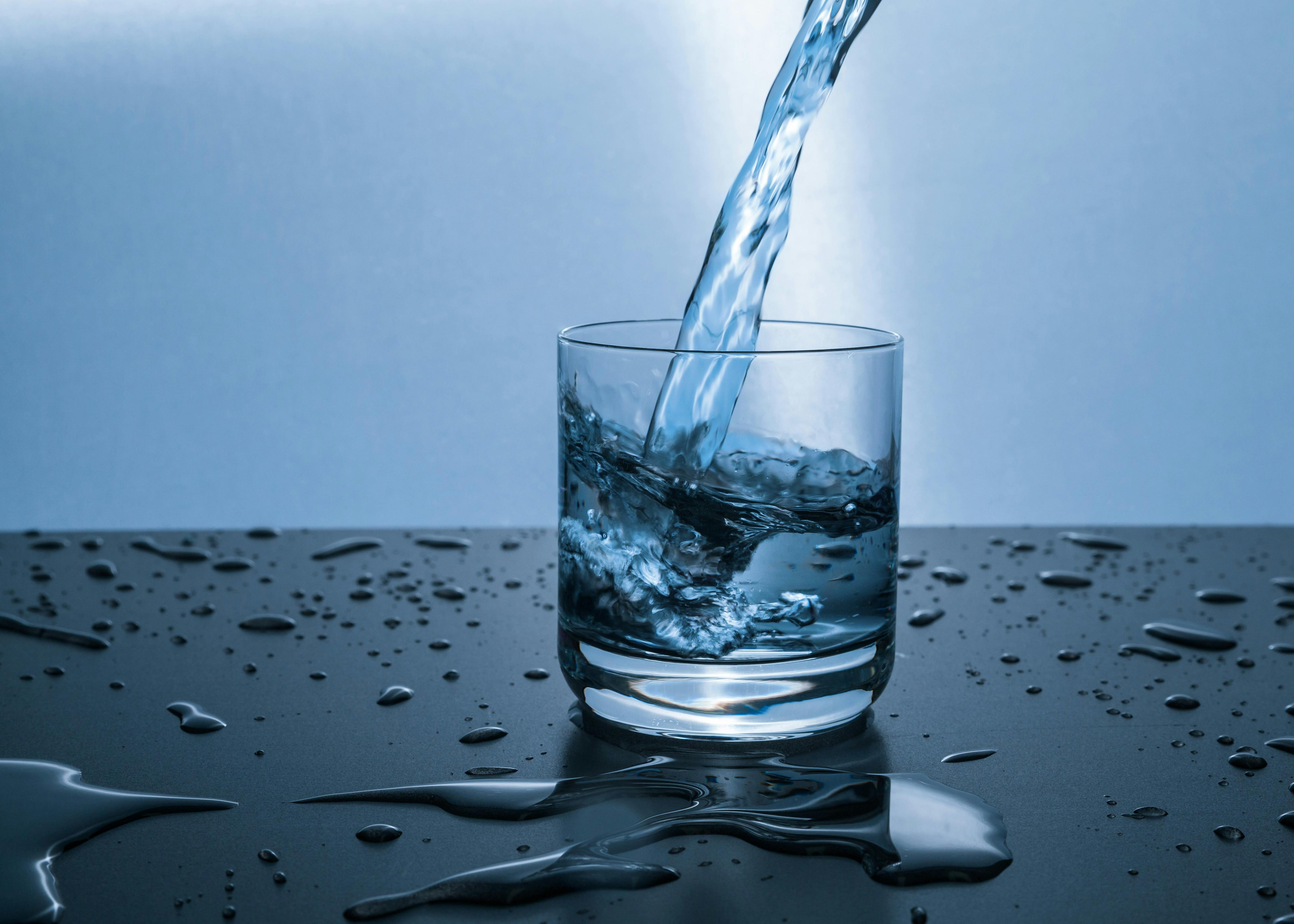
Get Conservation Kit
Order your free water conservation and leak detection kit through ACWD’s Water Savings Center. Complete the Do-It-Yourself Home Water Use Survey for personalized efficiency recommendations and free water-efficient fixtures.
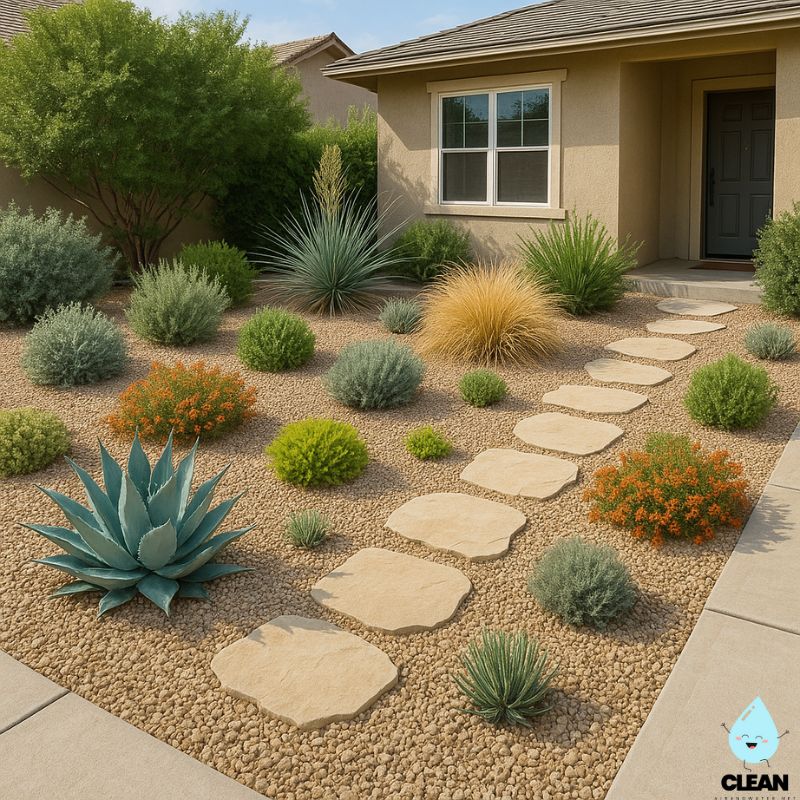
Visit Demo Garden
Explore ACWD’s Water-Efficient Landscape Demonstration Garden at 43885 S. Grimmer Blvd., Fremont (available 24/7). Learn about native plants, stormwater capture, and water-wise landscaping techniques for your own property.

Report Issues
Contact ACWD Customer Service at (510) 668-4200 for billing and service questions (Mon-Fri, 8am-5pm). For water emergencies including leaks and main breaks, call (510) 668-6500 available 24/7.
Contaminants of Concern

PFAS Compounds
Source: Per- and polyfluoroalkyl substances from industrial processes, firefighting foams, and consumer products that persist in the environment and can enter water supplies
Health Effects: Research suggests potential impacts on immune system, liver function, cholesterol levels, and possible links to certain cancers and developmental effects
Current Status: ACWD’s December 2024 monitoring confirms no customers receive water above state notification levels for PFOS/PFOA, PFBS, or PFHxS. The new $23 million PFAS Groundwater Treatment Facility opened in July 2024 provides additional protection. EPA Limits: New federal Maximum Contaminant Levels for specific PFAS compounds became effective in 2024
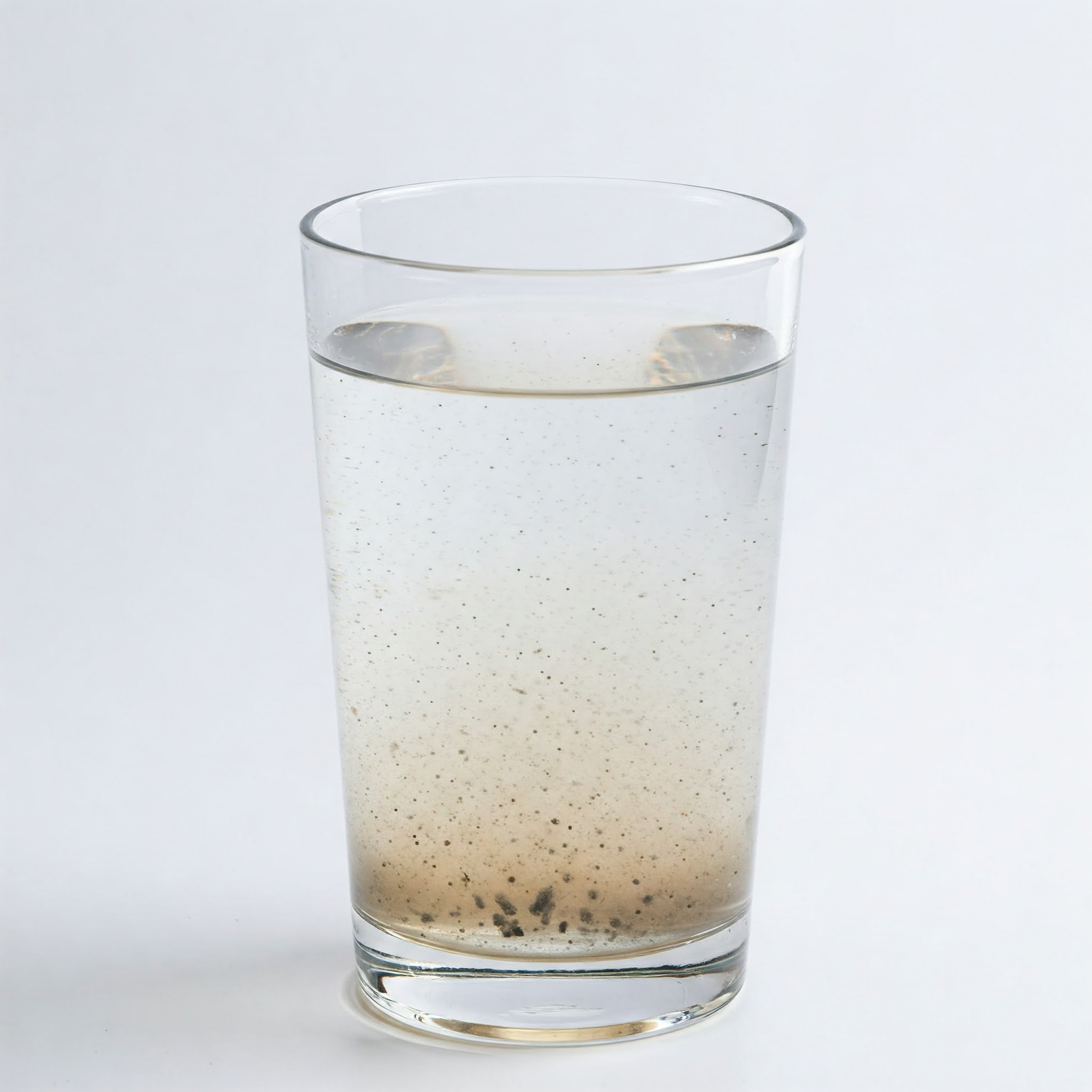
Disinfection Byproducts
Source: Formed when chloramine disinfectant reacts with naturally occurring organic matter in source waters, particularly during warmer months or with certain water sources
Health Effects: Long-term exposure to elevated levels may increase risk of certain cancers and potentially affect liver, kidney, and central nervous system function
Current Levels: Monitored regularly throughout ACWD’s diverse distribution system with levels maintained well below EPA maximum contaminant levels through optimized treatment processes EPA Limits: 80 ppb for total trihalomethanes (TTHMs) and 60 ppb for haloacetic acids (HAA5)
Quality News About Your Water
Get the comprehensive water quality news coverage you need with our dedicated US Water News Service. From coast to coast, we deliver in-depth reporting and expert analysis on PFAS contamination, EPA regulatory changes, infrastructure developments, and emerging water safety issues affecting communities nationwide. While mainstream media only covers the biggest stories, we provide the detailed, ongoing coverage that helps you understand the full scope of America’s water challenges. Whether you’re a concerned citizen, water professional, or community leader, our daily updates and analytical insights keep you informed about the issues that matter most to public health and environmental safety.
Frequently Asked Questions
Is Fremont’s tap water safe to drink?
Yes, ACWD’s water consistently meets or surpasses all state and federal drinking water quality standards. The utility sources water from multiple supplies including the State Water Project, San Francisco Regional System, and local groundwater and surface water sources.
ACWD operates advanced treatment facilities including Water Treatment Plant No. 2 with ozone treatment (built in 1993), the Newark Desalination Facility with reverse osmosis, and the Blending Facility for optimal water quality. The district conducts extensive testing throughout the system and provides transparent annual water quality reports to all customers.
Why does my water sometimes taste or smell different?
Occasional taste and odor changes can occur due to several factors:
1. Source water blending: ACWD blends water from multiple sources (State Water Project, Hetch Hetchy, local groundwater) which can cause natural variations in taste
2. Chloramine disinfection: ACWD uses chloramine for water disinfection, which may occasionally produce a medicinal or chlorine-like smell, especially in hot water
3. Seasonal changes: Natural variations in source water quality during different weather conditions can affect taste
Use ACWD’s online Water Quality Self-Diagnostic Tool to identify the issue, or contact customer service at (510) 668-4200 for assistance.
Does ACWD test for PFAS and other emerging contaminants?
Yes, ACWD has been proactively monitoring for PFAS since June 2020, well before state requirements:
• Comprehensive PFAS monitoring: Quarterly testing of all groundwater sources and treated water for PFAS compounds since January 2023
• Current results: December 2024 testing confirms no ACWD customers receive water with PFOS/PFOA, PFBS, or PFHxS concentrations above state notification levels
• Treatment capabilities: The new $23 million PFAS Groundwater Treatment Facility opened in July 2024 provides additional protection against emerging contaminants
• Transparency: Detailed PFAS monitoring results are published regularly on ACWD’s website with comprehensive explanations
ACWD’s diverse water supply portfolio and advanced treatment technologies provide multiple barriers against contamination.
Are there water restrictions in the ACWD service area?
ACWD implements water use efficiency measures that vary based on supply conditions:
Current Status (2025):
• Normal operations with conservation encouraged through rebate programs and education
• Active promotion of permanent water use efficiency practices
Drought Response History:
During drought emergencies (like 2021-2022), ACWD has implemented:
• Mandatory outdoor watering restrictions (specific days and times)
• Prohibitions on water waste and non-essential uses
• Enhanced conservation incentives and customer assistance programs
Current water use regulations and conservation tips are available at acwd.org or by calling (510) 668-4200.
Please read – our information
The information presented on cleanairandwater.net is compiled from official water quality reports, trusted news sources, government websites, and public health resources. While we strive for accuracy and thoroughness in our presentations, we are not scientists, engineers, or qualified water quality professionals.
Our mission is to present water quality information in an accessible, real-world format that helps people understand what’s in their water and make informed decisions about their health and safety. We believe that complex environmental information should be available to everyone in a format that’s easy to understand.
We make every effort to ensure our content is current and accurate, but we cannot guarantee that all information is complete or error-free. This website should not replace official communications from your local water utility or health department. We always recommend consulting official sources for the most up-to-date information regarding your specific water system.
Clean Air and Water is not liable for any unintentional errors, omissions, or outdated information. The content on this site is provided for informational purposes only and should not be considered professional advice.


